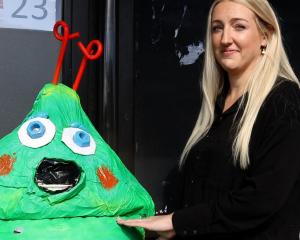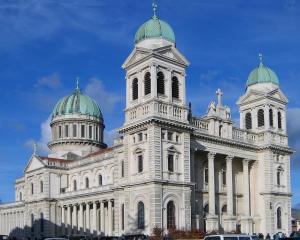
A mass rapid transit (MRT) system was not pursued in Christchurch post-earthquake rebuild but in the run-up to the 2020 election, Jacinda Ardern's Labour Party campaigned to develop a rapid transport network for New Zealand's second biggest city.
The Greater Christchurch Partnership – which includes Waka Kotahi NZ Transport Agency, ECan, Christchurch City Council, Waimakariri District Council and Selwyn District Council – has been looking at MRT possibilities and the likely implications of various scenarios for a frequent and high-capacity public transport connection running north to Rangiora and south-west to Rolleston.
Today, the partnership released its interim report which examines how MRT could work as Greater Christchurch grows over the next 30 years, by assessing three scenarios, including a scenario utilising the existing heavy rail corridor, and two street running scenarios using either buses or light rail.
Under all three scenarios, the report finds that MRT may be feasible but there would need to be higher population density around the stations along the route to secure its viability.
"This report provides good technical information for further conversations about concentrated growth," said Mayor of Christchurch Lianne Dalziel, speaking on behalf of the partnership.
"It also shows that each scenario has strengths and weaknesses."
Census 2018 data shows 76.1 per cent of people used a car as their main means of travel to work in Christchurch – three per cent greater than the national average of 73 per cent.
The report also highlighted that 2 0 per cent of the population of Greater Christchurch are anticipated to live in the four larger towns in Waimakariri and Selwyn by 2048. In contrast, just 10 per cent of all employment opportunities will be located within these town areas.
Dalziel said the interim results helps decision-makers understand the feasibility of some MRT scenarios in the context of long-term population growth, and it has showed that further investigation was warranted.
"The investigation has found that MRT will need to be supported with population and employment growth close to stations along the route," she said.
"It lends support to work the partnership has already begun to plan for, such as the development of a Greater Christchurch spatial plan to proactively shape our sub-region."
Dalziel said the interim report was not intended to identify the preferred route or the preferred type of MR system at this stage.
"The focus of this initial work is on feasibility," she said.
"It has analysed a shortlist of possible scenarios to better inform the Greater Christchurch Partnership about the actions and policy decisions that need to occur if we are to make MRT viable.
"As a technical foundation, the report shows MRT could have a role to play as part of a wider city-shaping investment."
Dalziel said this meant the findings needed to be considered in the context of broader planning for future growth.
"This is why we are proposing that the next phase of MRT be fully integrated with the development of the spatial plan that the Partnership is preparing for Greater Christchurch," she said.
The full report can be found here.
About 1000km of the city council's 1985km of sealed roads were damaged in the 2010/11 Canterbury earthquake sequence.
The worst of it was repaired in the $2.2 billion road and water pipe repair programme run by the Stronger Christchurch Infrastructure Rebuild Team until June 2017, but the work focused on restoring infrastructure broken beyond usability.
The $900m Christchurch roads of national significance project launched by John Key's National government built several new sections of state highways – the Western Corridor to Christchurch International Airport, which relieved congestion post-quakes; the Southern Motorway from the key port of Lyttelton to the burgeoning western commuter spots and transport hubs like Rolleston; and the latest Northern Corridor.













